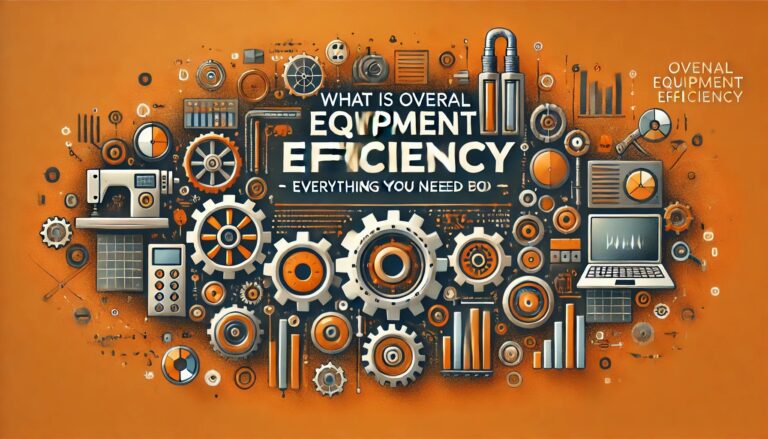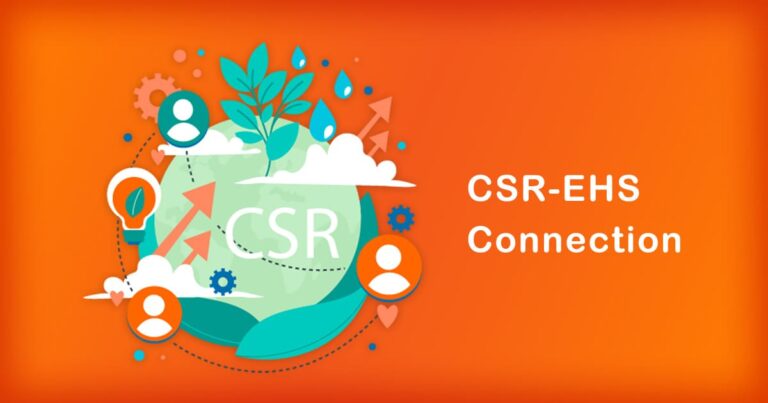ISO 55001:2021 – Asset Management System is a standard developed by the International Organization for Standardization (ISO). This standard provides guidelines and requirements for the establishment, implementation, maintenance, and improvement of an effective asset management system (AMS). An AMS helps organizations to manage their assets in a structured manner, thus maximizing the value they derive from them.
In India, the adoption of ISO 55001 has gained momentum in recent years. Many companies are realizing the importance of having an effective asset management system in place, and are taking steps to implement it. This article explores the benefits of ISO 55001, its implementation in India, and some challenges that organizations face while implementing it.
Benefits of ISO 55001
Implementing ISO 55001 provides several benefits to organizations. Some of the benefits are as follows:
1. Improved Asset Management: ISO 55001 helps organizations to develop a systematic approach to asset management, which leads to improved asset reliability, availability, and utilization. This helps organizations to reduce downtime, maintenance costs, and optimize the use of assets.
2. Better Risk Management: The standard emphasizes the importance of risk management in asset management. It provides guidelines for identifying, assessing, and managing risks associated with assets. This helps organizations to make informed decisions and minimize the impact of risks.
3. Cost Savings: ISO 55001 helps organizations to reduce costs associated with asset management. By optimizing the use of assets, organizations can reduce maintenance costs, energy consumption, and waste. This leads to significant cost savings in the long run.
4. Compliance: Implementing ISO 55001 helps organizations to comply with regulatory requirements related to asset management. This ensures that organizations operate in a safe and sustainable manner.
Implementation of ISO 55001 in India
The adoption of ISO 55001 in India is still in its nascent stages. However, many organizations are taking steps to implement it. The implementation of the standard requires a structured approach, which involves the following steps:
1. Gap Analysis: Organizations need to conduct a gap analysis to identify the gaps between their existing asset management practices and the requirements of ISO 55001. This helps organizations to understand the areas that need improvement.
2. Planning: Once the gaps are identified, organizations need to develop a plan for implementing ISO 55001. This plan should include the resources required, timelines, and responsibilities.
3. Implementation: The implementation of ISO 55001 involves the establishment of an asset management system, including policies, procedures, and processes. The system should be designed to meet the requirements of the standard.
4. Monitoring and Review: Organizations need to monitor and review the effectiveness of their asset management system regularly. This helps organizations to identify areas for improvement and make necessary changes.
Challenges in Implementing ISO 55001
The implementation of ISO 55001 is not without its challenges. Some of the challenges faced by organizations in India are:
1. Lack of Awareness: Many organizations in India are not aware of the benefits of ISO 55001. This makes it challenging to convince them to invest in an asset management system.
2. Resource Constraints: Implementing ISO 55001 requires significant resources, including financial, human, and technological. Many organizations in India may not have the necessary resources to implement the standard.
3. Cultural Barriers: Implementing ISO 55001 requires a change in organizational culture. This can be challenging in a country like India, where hierarchical structures and traditional management practices are prevalent.
Conclusion
ISO 55001 provides a framework for effective asset management, which helps organizations to maximize the value they derive from their assets. The adoption of the standard in India is still in its early stages, but many organizations are taking steps to implement it. The implementation of ISO 55001 requires a structured approach and involves several challenges.








